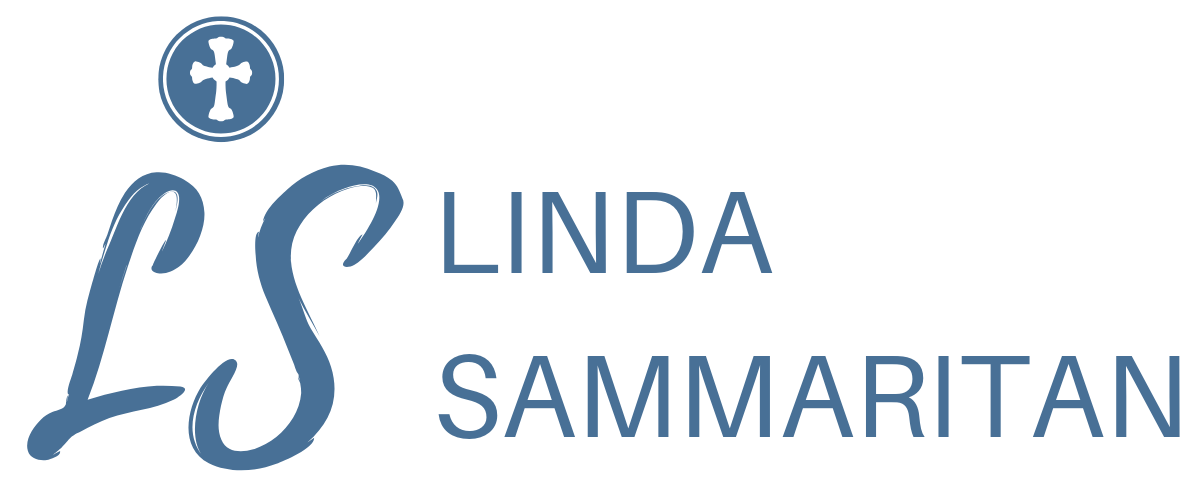
I’ve been wanting to be more faithful in writing book reviews, but…life happens. We’ll see if I can meet my monthly goals in 2022–one blog post, one book review, one Do Not Delete post, and maybe a video clip of sign language. That last one takes even more time than the research I do for Do Not Delete!
Today’s book review counts as what I call a “Vintage Read,” a novel written over twenty years ago and still very much worth your time. Since I write for children as well as adults, I also read children’s books, middle-graders’ books and teen books.
Introduction
Mrs. Frisby and the Rats of NIMH came out in 1971 and won the Newbery Medal in ’72. I was a senior in high school that year, too cool for kidlit. (Do I see some of you hanging your heads for falling into the same pit of pride?) Anyway, I never read the book until I discovered it while teaching fifth grade. And I loved it! If you choose to read it with your child, I’ve provided a few discussion questions toward the end of this post.
With animals acting like people, Mrs. Frisby and the Rats of NIMH is an anthropomorphic story. Anthropomorphic. What a mouthful for a single word! Many children’s stories use animals with human qualities; however, Robert O’Brien’s novel is not completely anthropomorphic. It’s also science fiction, because many of the human characteristics of the rats originated with a science experiment in a laboratory at the National Institute of Mental Health (NIMH).
Synopsis
Mrs. Frisby, a widowed mouse, seeks help from a band of odd-behaving rats who are extremely intelligent. As she becomes acquainted with them, she learns they escaped from the laboratory at NIMH. The rats help save her son’s life, and she in turn, is able to save theirs when danger hunts them down. I suppose that’s more of a hook than a synopsis, but I don’t want to give a whole lot away. The book is too good. Read it and find out how the story unfolds!
Pros
- Every plot detail has a positive message. Animal neighbors help animal neighbors. In cliché form, “one good turns deserves another.” That may sound dull, but with the continuous threat of Dragon the cat and the research scientists at NIMH, helpful neighbors risk their lives doing “good turns.” One particularly positive message: since the rats have gained so many abilities, they want to be able to live without stealing from others.
- The villains (humans and cat) aren’t filled with demonic evil like so many fantasy books of today. The rats consider the lab personnel likable, but they resent the staff for incarcerating innocent animals. And the experiments in the lab aren’t painful. The other human villain, the obnoxious kid, is simply—obnoxious, an impulsive boy who likes to observe and get involved with anything that interests him. Even the cat is just being a cat.
- While the rats are the heroes, they aren’t portrayed as perfect, Disagreements occur among them, but they are handled without violence. How refreshing.
Cons
- Amazon labels this a teen book, but I think middle-graders would love it. My fifth-graders did, However, the end might prove upsetting for readers under age nine. SPOILER HERE: While the rats escape from those who seek their deaths, success comes at a high price.
- A warning about the movie, The Secret of NIMH. The plot focuses on Mrs. Frisby and her son more than the rats, a complete divergence from the book. As a result, the movie uses formulaic magic to bring about success in Mrs. Frisby’s quest, which Hollywood apparently deems necessary in children’s films. I’m not a fan. Worse, the disagreeable rat is violent in the movie.
Discussion points
- Why were the rats willing to help Mrs. Frisby when they had never met her before?
- When you do something nice for someone, what good things might happen because you were helpful and kind?
- If you could become the size of a rat, would you want to be friends with the rats from NIMH? If yes, how would you help them in their goal to find a safe place to live? If no, why would you not want to be friends with them?
Conclusion
After the movie was produced, Scholastic published the same book under the movie title, but the plot is the original version. Two NIMH books have followed written by O’Brien’s daughter, Jane Conley–Racso and the Rats of NIMH and R-T, Margaret, and the Rats of NIMH. I’ve read Racso, so I know Ms. Conley was faithful to her father’s legacy by using many of the same characters and maintaining their original charm. Reviews of R-T indicate the same.
If you’re interested in an excellent readable article on the history of how O’Brien’s novel got its start, here’s the link: The Doomed Mouse Utopia that Inspired the Rats of NIMH.
Enjoy!



What a fantastic review, Linda. I remember this story from grade school days. It’s a good one!
Thank you, Rebecca!
I love children’s books, and this one sounds like a winner! Thanks for the thorough review.
Thank you, Jan. If you haven’t read it, it’s worth your time!